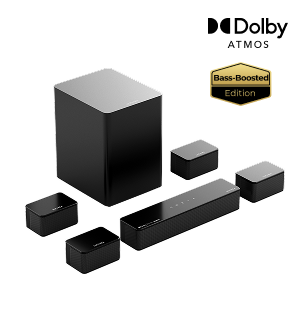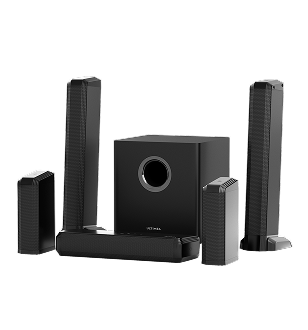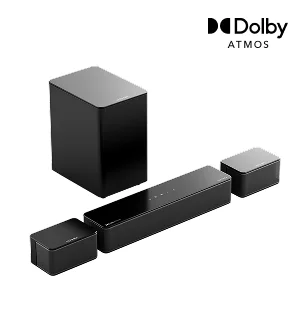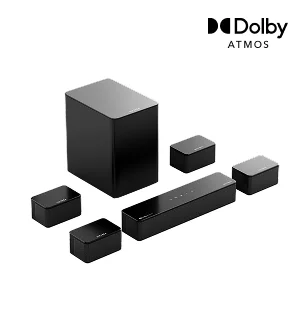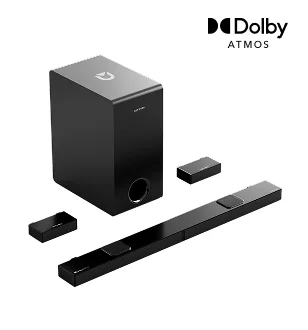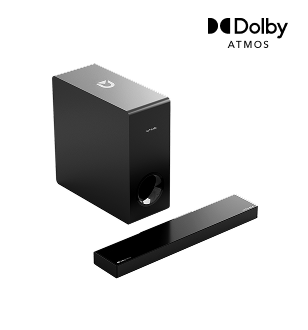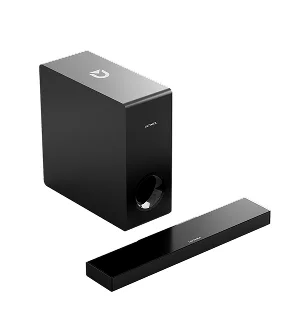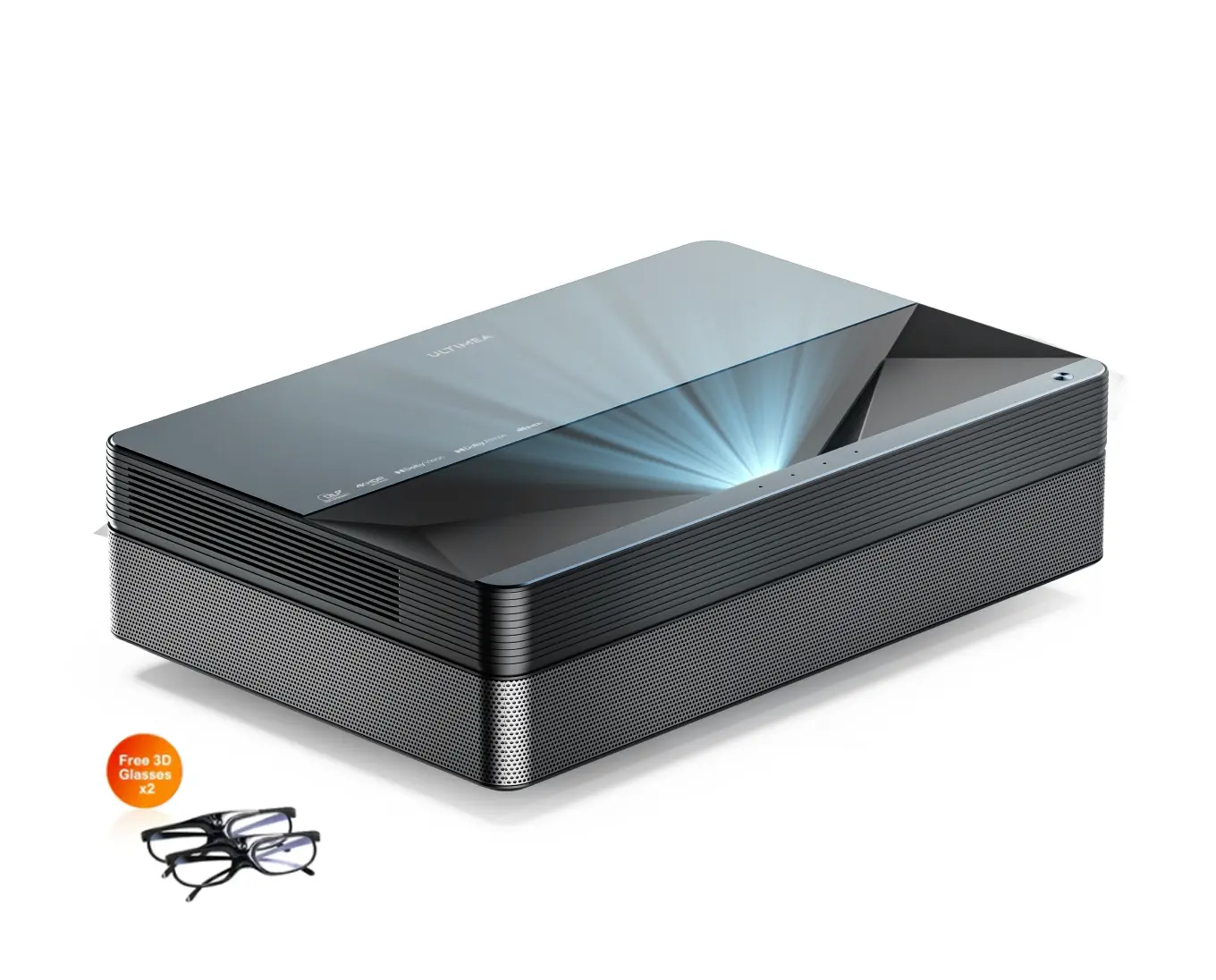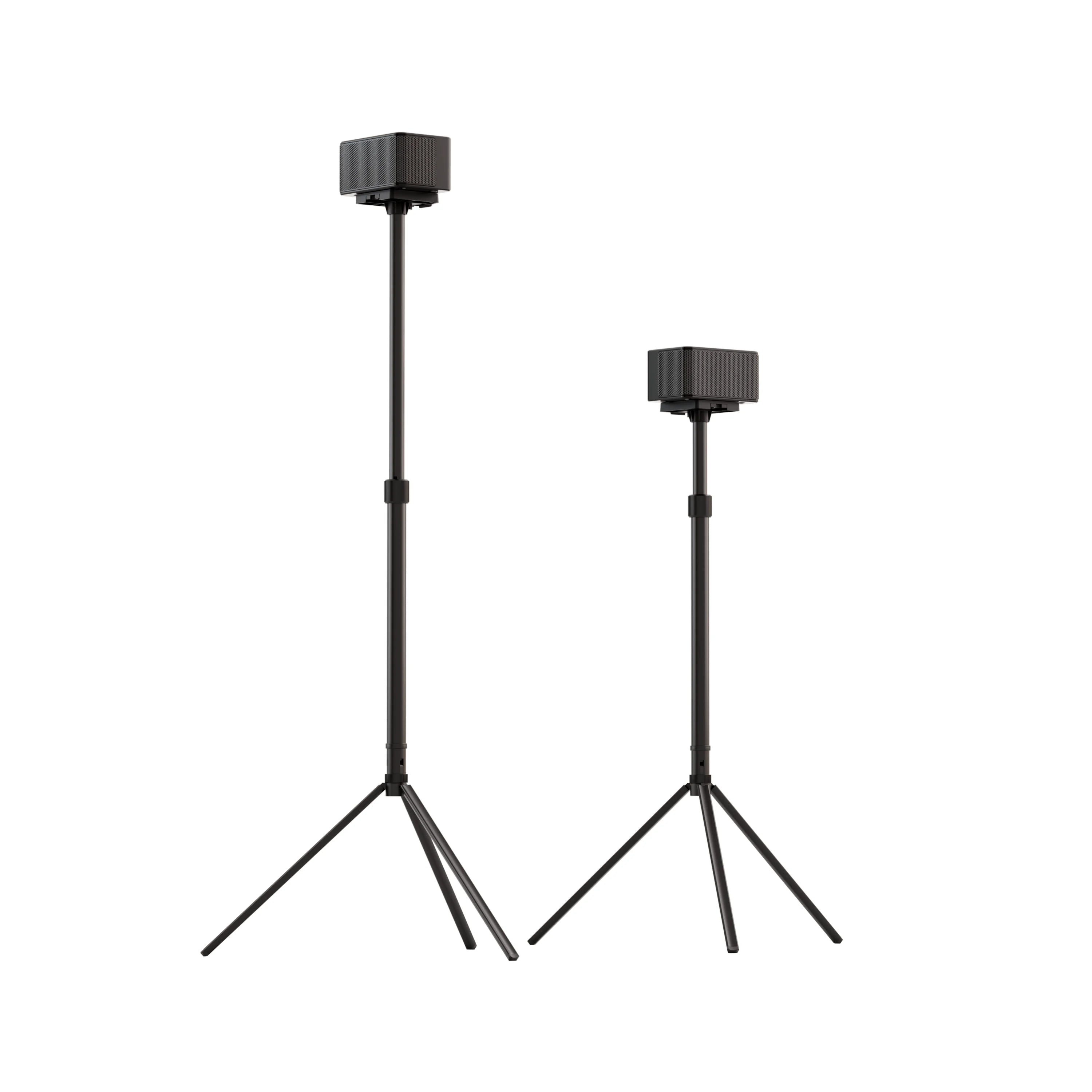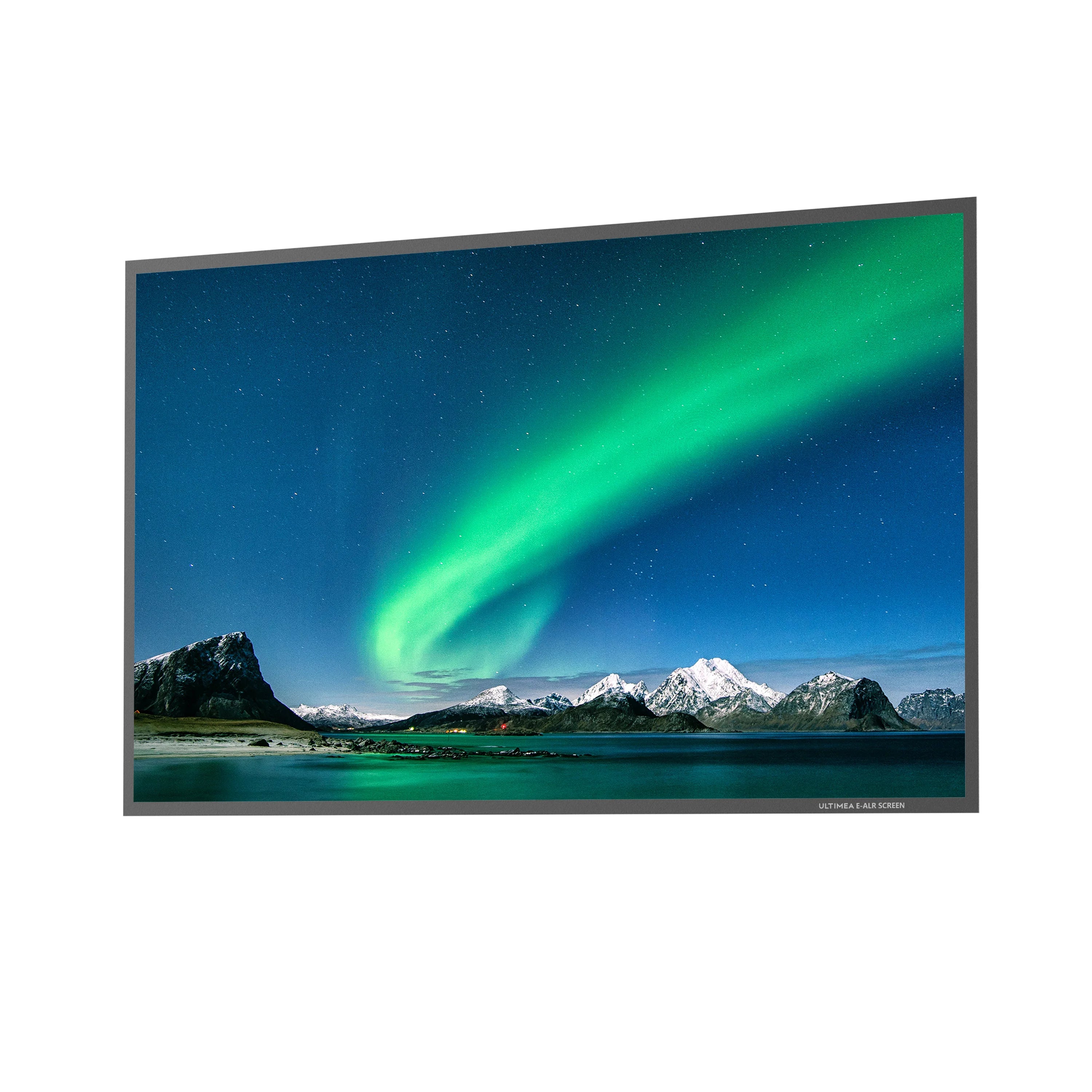With the development of the times, projectors have gradually changed from high-end commercial products to become more friendly to the people, and people also have more needs for the use of projectors. And one of the important key specifications for purchasing a projector is the brightness value.
As some of you may not be familiar with the projector brightness measurement, today we'll share some info for you!
What are the Main Measures of Projector Brightness?
In the projector market, the most commonly used measures of brightness are ANSI Lumens, Lumens from light source, and LED Lumens. Though each method uses lumens – the standard brightness unit in the field of optics – as their basic unit of measure, they differ intrinsically in what they are actually measuring.

ANSI Lumens
ANSI Lumen is the measure of the brightness of the light from a projector as defined by the American National Standards Institute (ANSI). It is typically measured by taking several brightness readings (in lumens) from various points on a projector’s white screen at a given distance and averaging them to determine the value.
Light Source Lumens
Light source Lumen or brightness, as its name denotes, refers to the measured light output of a projector’s light source, which depending on the type of projector may be a lamp, LEDs, or lasers. Light source brightness differs from ANSI lumens in that ANSI lumens measures the brightness of the light projected by the projector (meaning the light that has undergone the imaging process of the projector), while light source brightness measures its brightness directly from the light source itself before it has been converted to an image by the projector’s other components.
LED Lumens
LED brightness is a measure of brightness used by some manufacturers of LED projectors that takes into account what is known as the Helmholtz–Kohlrausch (HK) effect. The HK effect refers to the phenomenon whereby the human eye views highly-saturated colors as brighter than they objectively are. With the HK effect in mind, LED brightness acts as a value that tries to quantify, in actual lumens, the added brightness that results from the improved color performance of LED lights.
Comparing Brightness Measures
How do we make sense of these brightness values and how they relate to each other, given that the way these brightness values are used in product advertising is barely consistent? Can one value be directly compared to another?
To start the discussion off we must first recognize that ANSI lumens is by far the most consistent and reliable brightness value used, as it is a standardized measure agreed upon by an internationally-recognized organization.
From there, we can then discuss the other types of brightness measures in relation to ANSI lumens to understand how they are calculated for a deeper understanding of all of them.
Light Source Lumens vs. ANSI Lumens
In short, brightness values of light source are always higher than ANSI lumen values. This is because, by definition, their calculations do not factor in any of the loss of brightness that occurs within the projector due to the imaging process. Their numbers are thereby free from the deflationary effects that the inner workings of the projector have on its brightness value (for example the percentage drop caused by the color wheel).
Because of this, the light source lumens of a projector may be greater than the value of its ANSI lumens by a large factor. (Therefore, many merchants on the market use light source lumens to promote their brightness)
ANSI Lumen Measurement
ANSI Brightness = (L1+L2+L3+L4+L5+L6+L7+L8+L9)/9 (lux) x A (m^2)
A (Area) = W * H (m^2)

*Note: L10, L11, L12, L13 are located at 10% of the distance from corner itself to L5.
It is specified in ANSI IT7.228-1997.
LED Lumen vs. ANSI Lumen
In terms of a raw comparison of numbers, the LED lumen value for a projector is also always higher than its ANSI lumen. This is because, as discussed earlier, LED lumen measures seek to incorporate the additional brightness that results from the HK effect.
ANSI Lumens: The Gold Standard for Brightness Measurement

From the perspective of brands trying to market their projectors opportunistically, all of this makes marketing their projectors using light source luminance, or LED lumens, more attractive, as it ensures higher numbers than their ANSI counterparts. But from a consumer's point of view, should such an approach be trusted?
First, in terms of light source brightness, the risk is that inflated numbers do not accurately convey the brightness of the final projected image (which is why projectors are used after all) and do not take into account the efficiency of the projector itself. Depending on the engineering design of a projector, the image it produces can be much darker than its light source brightness leads you to believe.
Second, the risk of trusting LED lumen numbers is that even in the above studies, quantification of the HK effect is a highly subjective exercise. The choice to multiply the ANSI lumen value by 2.4 instead of 1.3 to obtain LED brightness may be entirely arbitrary and not necessarily accurate.
Finally, the brightness metric that consumers should always look at when deciding which projector to buy is its ANSI lumens. This is because, in addition to being an internationally recognized standard, it is the most direct and authoritative measure without any of the above-mentioned risks.
Summary
- Many merchants use opportunistic ways to use the brightness of the light source or LED lumens as the brightness value to market their brand projectors, which is more attractive.
- ANSI lumens are measured lumens in accordance with the standardization regulations of the American National Standards Institute. Therefore, the judgment of the brightness of the projector is more specific and accurate.
- ANSI lumens have been considered one of the values or units to look at in most modern projectors today, especially when you are buying a projector.
(*Note: image source from benq)






